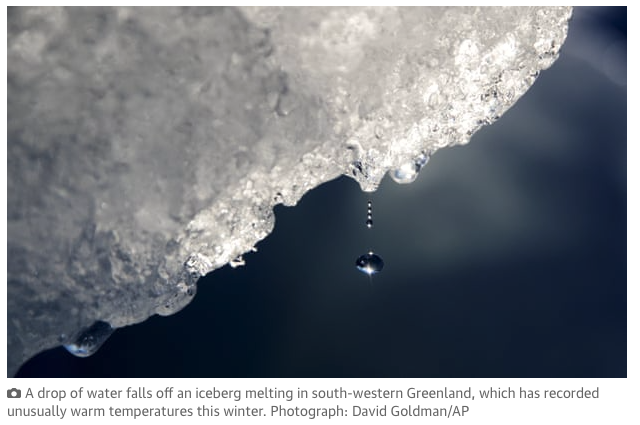The event has seen a flurry of communications between scientists this week, discussing plans to launch different studies to understand what role a changed climate could have had.
Burning coal, oil and gas and chopping down forests has loaded the atmosphere with extra greenhouse gases, causing heating. There is now 50% more CO2 in the atmosphere than before the Industrial Revolution. Australia has warmed by 1.4C since 1910.
“We’ve added steroids to the climate system that have amplified the rainfall,” says Prof David Karoly, a veteran Australian climate scientist based at the University of Melbourne.
While it’s known the atmosphere can hold 7% more moisture for every degree of warming, Karoly explains the extra CO2 could have played several roles.
As the moisture condenses into rain droplets, energy is released in the form of heat. Karoly says this sets off a feedback cycle in the atmosphere that amplifies the uplift from the oceans, which are also warmer than they used to be. So the extra 7% could, in real terms, add more than that in rainfall – in some cases more than double, he says.
“These weather systems have occurred in the past. But now we have a hotter ocean and a hotter atmosphere and the feedback can give you much bigger rainfall events,” he says.





